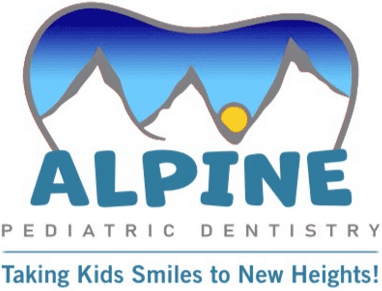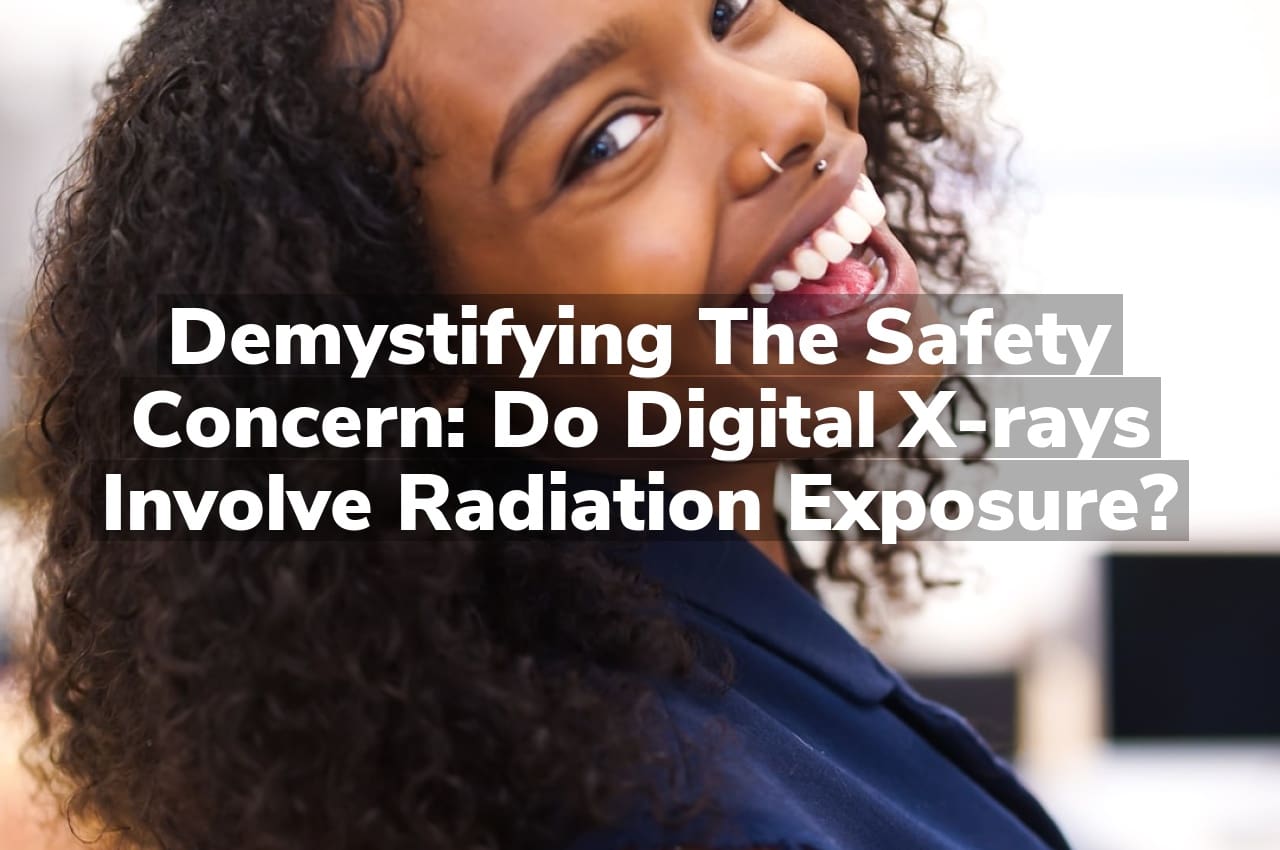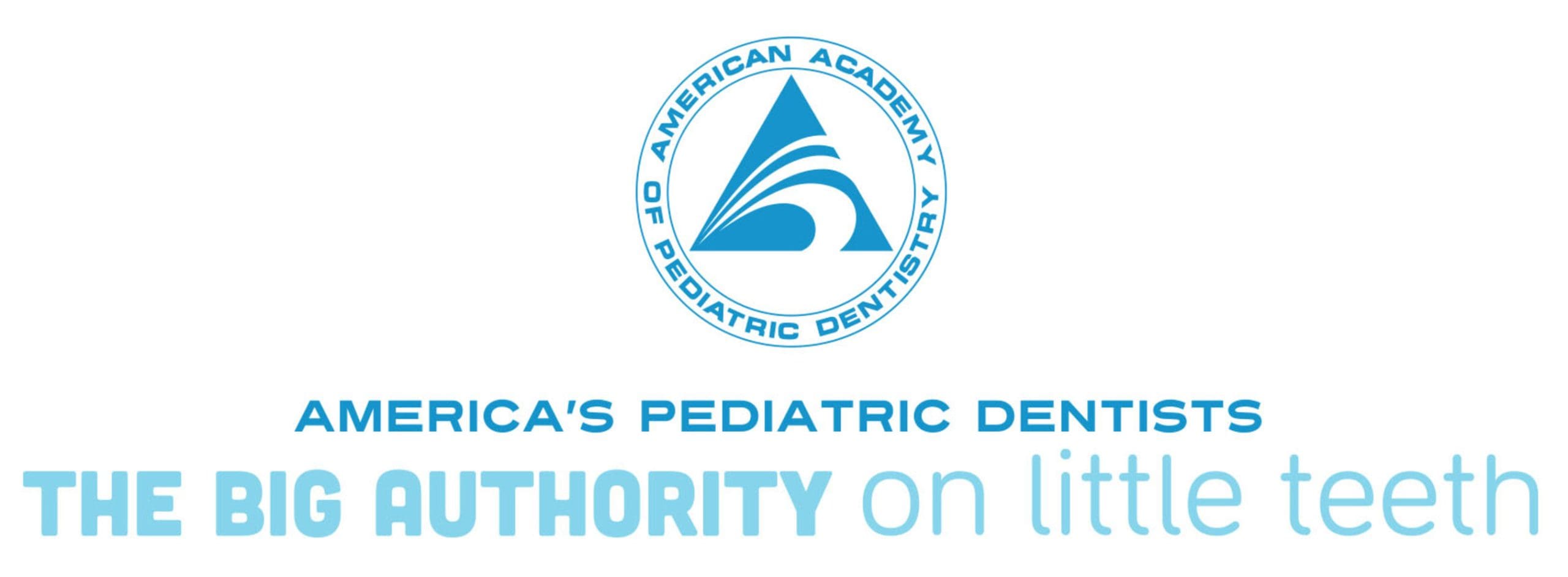Are you wondering if digital x-rays at Alpine Pediatric Dentistry expose your child to radiation? Rest assured, our state-of-the-art digital x-ray technology minimizes radiation exposure, ensuring a safe and efficient way to monitor your child’s dental health.
Understanding Digital X-Ray Radiation Basics
When discussing the safety of digital x-rays, it’s crucial to understand the fundamental principles of how they operate and the type of radiation they emit. Unlike traditional film x-rays, digital x-rays use electronic sensors to capture images of the body’s internal structures. This process involves a significantly lower dose of radiation, making it a safer alternative for patients. The reduction in radiation exposure is one of the key benefits of digital x-ray technology, as it minimizes the potential risks associated with cumulative radiation doses over time. For a more in-depth comparison, consider exploring the nuances between these two imaging methods in our detailed article on Digital x-rays versus film x-rays: Unveiling the differences in clarity and efficiency.
Moreover, the advanced digital systems are designed to target specific areas with precision, further reducing unnecessary exposure to surrounding tissues. This targeted approach, combined with the ability to adjust and enhance images digitally, leads to improved diagnostic accuracy without the need for repeated exposures. It’s important for patients and healthcare providers to recognize that while no imaging technique is entirely free of radiation, the levels associated with digital x-rays are considered safe when following proper guidelines and protocols. The medical community continues to prioritize patient safety by adhering to the “As Low As Reasonably Achievable” (ALARA) principle, ensuring that radiation doses are kept to a minimum without compromising the quality of diagnostic information.
Comparing Digital and Traditional X-Ray Risks
When discussing the safety of x-ray procedures, it’s crucial to understand the differences in radiation exposure between digital and traditional (film) x-rays. Digital x-rays are known for using significantly less radiation compared to their traditional counterparts. This reduction can be as much as 70-80%, making digital x-rays a safer option in terms of radiation exposure. The advanced sensors used in digital x-rays are more sensitive to x-ray radiation, which means they require less radiation to produce a clear image. Additionally, digital x-rays provide immediate results, eliminating the need for multiple exposures due to under or overexposure, which can occur with film x-rays.
Despite the lower radiation levels, any form of x-ray does involve some degree of exposure. However, the benefits of accurate diagnosis and treatment planning often outweigh the minimal risks associated with modern digital x-ray technology. It’s important for patients to discuss any concerns with their healthcare provider and understand that safety measures are always in place to minimize exposure. For those interested in the latest advancements in x-ray technology, consider exploring the Lincolnton Advanced Digital X-Ray Technology, which represents the forefront of reducing radiation risks while delivering high-quality diagnostic images.
Measuring Radiation: Doses in Perspective
When discussing the safety of digital x-rays, it’s crucial to understand radiation exposure in measurable terms. Digital x-ray technology indeed involves radiation, but the doses are significantly lower compared to traditional film x-rays. To put it in perspective, a standard digital dental x-ray exposes a patient to about 0.1 to 0.3 millisieverts (mSv) of radiation, which is roughly equivalent to the amount of radiation one would encounter during a short airplane flight. It’s important to note that everyday environments expose us to background radiation, typically about 3 mSv annually. Therefore, the radiation dose from a single digital x-ray is a fraction of what we naturally experience each year, highlighting its relative safety when used responsibly in medical diagnostics.
Safety Protocols for Digital X-Rays
When it comes to digital x-rays, patient safety is paramount, and modern dental practices adhere to strict safety protocols to minimize radiation exposure. Digital x-ray systems require significantly less radiation than traditional film x-rays, reducing patient exposure by as much as 80-90%. Additionally, lead aprons and thyroid collars are routinely used to protect the body’s most sensitive areas. State-of-the-art equipment is regularly calibrated and maintained to ensure the lowest possible radiation doses are used. Furthermore, dental professionals are trained in the ALARA principle (As Low As Reasonably Achievable), which guides them to use the minimum level of radiation necessary to achieve the needed diagnostic results. These safety measures, combined with the speed and efficiency of digital imaging, ensure that the benefits of digital x-rays far outweigh the minimal risks, providing peace of mind for patients seeking dental care.
Minimizing Exposure: Advances in Technology
As we navigate the intersection of healthcare and technology, it’s crucial to address the safety concerns surrounding digital x-rays and radiation exposure. Modern advancements have significantly reduced the risks, with state-of-the-art digital x-ray systems now requiring substantially less radiation than traditional film-based methods. These innovative machines are equipped with highly sensitive detectors that capture detailed images using minimal radiation doses. Furthermore, digital technology allows for immediate image preview and manipulation, eliminating the need for multiple exposures to achieve the perfect diagnostic image. This progress not only enhances patient safety but also contributes to better health outcomes by providing clearer, more accurate diagnostic information with a fraction of the radiation exposure once deemed necessary.
Conclusion
For a brighter, healthier smile for your child, embrace the advantages of digital x-rays at Alpine Pediatric Dentistry; call us at 704-479-6777 or read our reviews on Google Maps.





